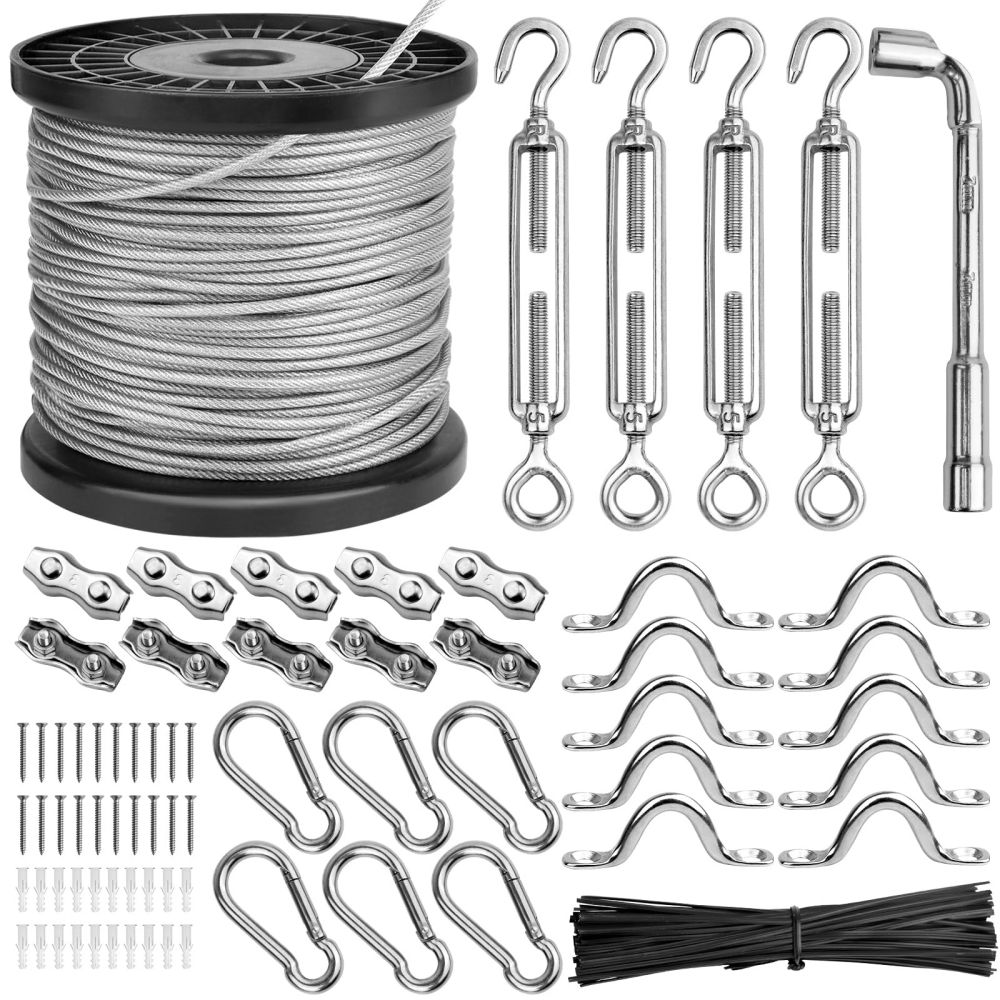
Stainless wire ropes are vital for their strength and corrosion resistance. Blogs offer insights for professionals and DIY enthusiasts on their uses and benefits. Here’s what you can typically expect to find in these blogs:
The process of applying PVC coating to galvanized wires involves several crucial steps to ensure the quality and performance of the final product. This article provides a detailed, step-by-step guide to the PVC coating process on galvanized wires.
The first step in the PVC coating process is the preparation of the galvanized wire. This involves cleaning the wire to remove any dirt, grease, or other contaminants that may interfere with the adhesion of the PVC coating. Thorough drying of the wire is essential to eliminate any residual moisture, which can also affect the adhesion of the PVC coating.

Once the wire is prepared, it is then coated with a primer. The primer is a crucial component in the PVC coating process, as it helps to create a strong bond between the galvanized wire and the PVC coating. The primer can be applied using various methods, such as dipping, spraying, or brushing. It is then allowed to dry before proceeding to the next step.
After the primer has dried, the PVC compound is applied to the wire. This compound is a mixture of polyvinyl chloride resin, plasticizers, stabilizers, pigments, and other additives. Similar to the primer, the PVC compound can be applied through dipping, spraying, or brushing methods. Once applied, the PVC compound is allowed to dry thoroughly.
Once the PVC compound has dried, the wire undergoes a curing process. This involves heating the wire to a specific temperature for a set period, which allows the PVC compound to harden and form a protective layer around the galvanized wire. The curing process is essential for ensuring the durability and performance of the PVC coated wire.

After the curing process, the PVC coated wire is inspected for any defects or irregularities in the coating. Any issues are corrected before the wire is packaged and shipped to the customer. This final inspection ensures that the PVC coated galvanized wire meets quality and performance standards.

The process of PVC coating on galvanized wires involves several essential steps, including preparation, primer application, PVC compound application, curing, and final inspection. Each step is crucial in ensuring the quality and performance of the PVC coated galvanized wire. By following this meticulous process and adhering to industry standards, manufacturers can produce high-quality, durable, and reliable PVC coated galvanized wires suitable for a wide range of applications.
Stainless wire ropes are vital for their strength and corrosion resistance. Blogs offer insights for professionals and DIY enthusiasts on their uses and benefits. Here’s what you can typically expect to find in these blogs: